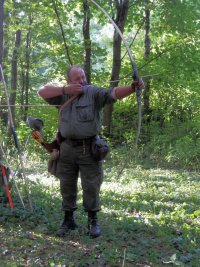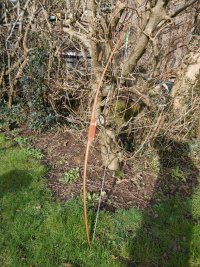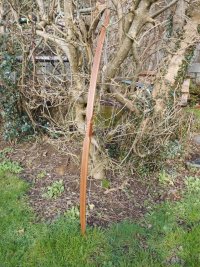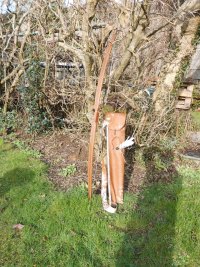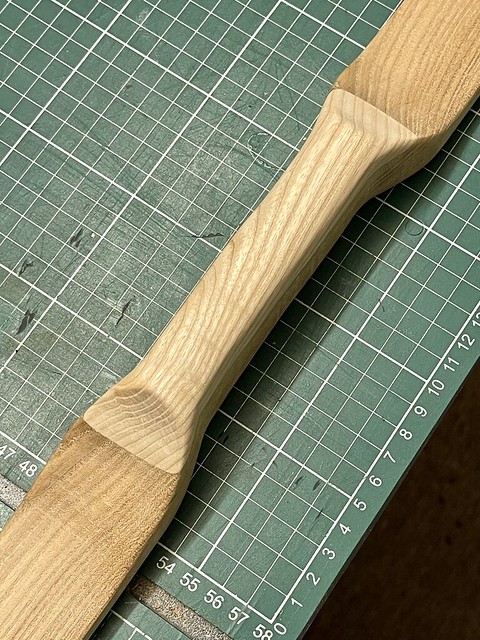The reason I am asking is that I am looking for someone to quote me an idea of a price for making me a primitive bow - Holmegaard/Otzi/Star Carr -ish type thing - of only about 30lb at 28" in Willow or other hardwood found in Mesolithic or Neolithic Britain ...
I tried starting making one myself but even scraping the bark off a Hazel pole I thought would suit the project was enough to make my duff shoulder play up a bit too much - there is no way that it would survive actually shaping a bow!
The bow would need to be very light in the draw - my shoulder again - but would mainly be for display to show school kids articles of Stone Age technology ... all part of my job at Castell Henllys Iron Age Fort but some thing I would have to fund myself as it is above and beyond what Pembs Nat Park would want to cover.... and it is a bit of a personal project as well as I am interested in playing with primitive tech
Soooo - anyone interested in thinking of a price to do this for me?
Some pictures of me at work, taken by my Supervisor...
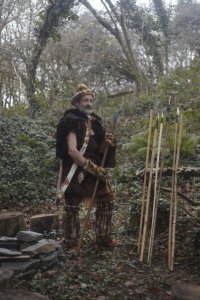
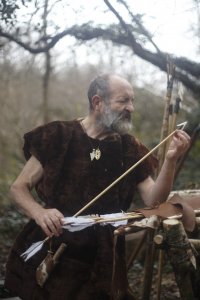
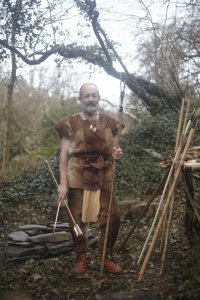
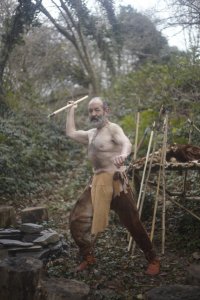
I tried starting making one myself but even scraping the bark off a Hazel pole I thought would suit the project was enough to make my duff shoulder play up a bit too much - there is no way that it would survive actually shaping a bow!
The bow would need to be very light in the draw - my shoulder again - but would mainly be for display to show school kids articles of Stone Age technology ... all part of my job at Castell Henllys Iron Age Fort but some thing I would have to fund myself as it is above and beyond what Pembs Nat Park would want to cover.... and it is a bit of a personal project as well as I am interested in playing with primitive tech
Soooo - anyone interested in thinking of a price to do this for me?
Some pictures of me at work, taken by my Supervisor...






